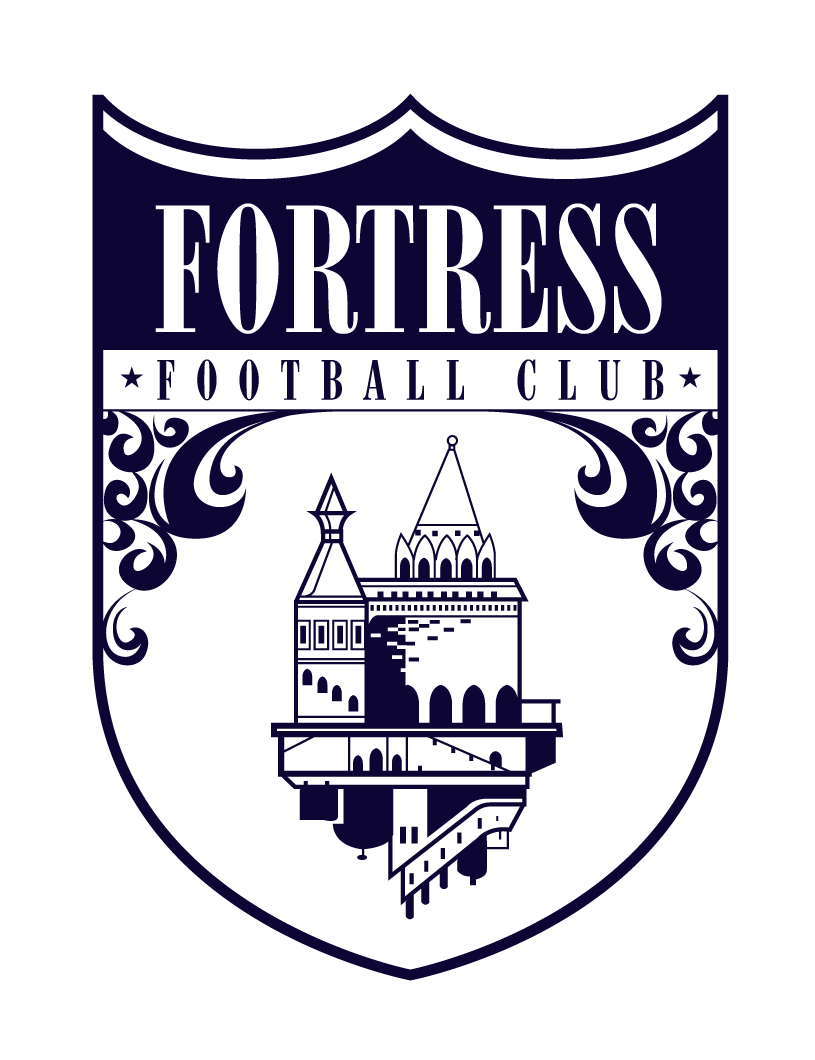Building Out From the Back 2011/12 Girls
Our focus this week is building out of the back.
Specifically, we want to look at goal kicks. You will see many teams our age who, when the goalie receives the ball, are looking to clear it as far as possible up the field. They punt the ball if they can or if they have a goal kick, they try and kick it to the striker.
We don’t play that way. You will rarely, if ever, see our goalie punt the ball. You’ll also rarely see our defenders clear the ball up the field, even when under pressure.
In order for the girls to get comfortable under pressure, they will first need to be confident. This is not going to happen right away. We will make mistakes more times than you can count. But we won’t give up on it, and through my experience, we will develop incredibly intelligent, technically brilliant, and tactically aware players.
This is a concept, so it doesn’t matter whether the girls play indoor or outdoor, they need to get comfortable with finding space under pressure, whether that means dribbling or passing.
We have gained two players on the field for the girls playing outdoor (9v9) and one player for the girls playing indoor (8v8).
Our formations will lead into a 4-3-3 formation when we eventually go 11v11 in two years. A 4-3-3 allows us to have many triangles and diamonds on the field and can be extremely attacking.
Outdoor team (Select):
Indoor team (Dev):
Here is a what a goal kick will look like for us:
Sidenote: 11 (left midfielder) and 7 (right midfielder) have the most running to do on the entire team. Notice the areas inside of the dotted lines that 6 (pivota), 8 (center midfielder, box to box), 10 (center midfielder, box to box), and 9 (striker) are responsible for. Now notice what 11 and 7 are responsible for outside the dotted lines. They will be our ultra-endurance athletes!
In indoor, everything is endurance because the ball is never very far. It’s 2-3 minutes of sprinting at a time with a very fast reaction time requirement.
Now, from goal kicks, the ball will be passed to either center back (4 and 5). Our outside midfielders will “lose their opponent”, meaning they will first sprint towards the opponent’s goal for a couple of steps, then come sprinting back down the sideline towards our goal to create a passing option for the center back on their side. See below:
The blue dotted lines represent player movements. The solid lines represent passes.
The ball has been passed to the left center back, 4. She will have four passing options right away:
The yellow lines represent passing options above. 4 will ideally go to 11. However, after a few times, the other team will catch on. This leads to 6 being open and a switch of the field to 8 or 7. Maybe even 9 if they can find space between our opponents center backs. 10 is also a good option.
Ideally, we want to find players who are forward in a bit of space. This won’t always happen and a ball dropped back to the keeper is the right option.
I expect our keepers to be as good with their feet as the rest of our team, so passing back to them is like passing to any other outfield player.
Let’s move one more step up the field in our example:
The ball is played from 4 to 11. 4 stays behind and to the side for a diagonal ball back if the options ahead are not open. 6 steps up and to the right, maintaining an angled positioning as an option. 10 sprints to the sideline, bringing her defender with her in many cases. If not, she will be open. If so, 9 is wide open. Notice the rhombus shape that 11, 6, 10, and 9 create. It’s our ideal shape on the sideline to occupy space with beautiful positioning.
If we can maintain having 3-5 passing options for every player who gets the ball, we will become a handful for other teams to deal with. This will require 100% effort with developing spatial and pattern recognition. The latter in due time with practice.






